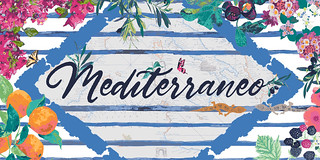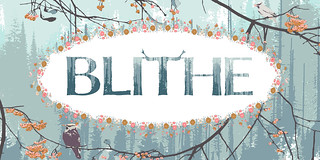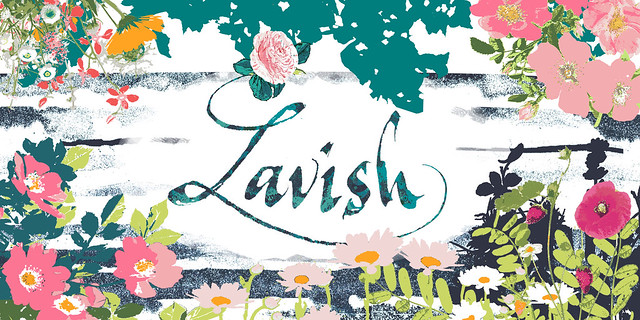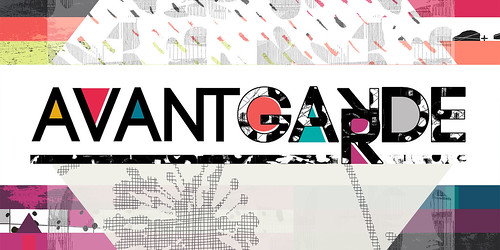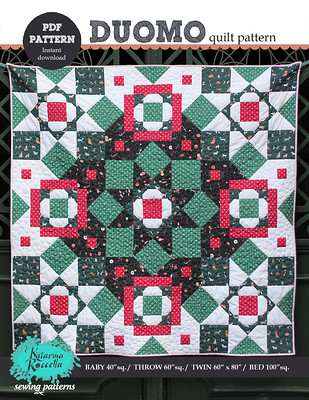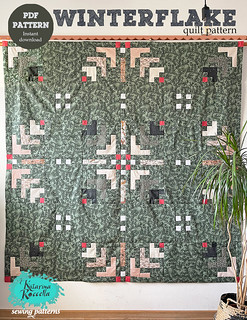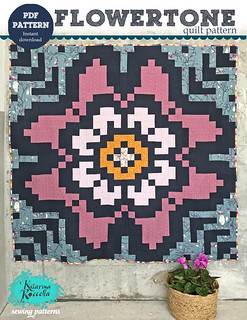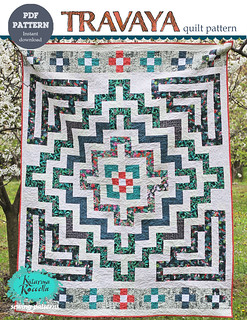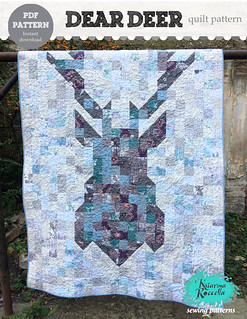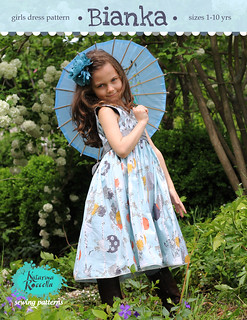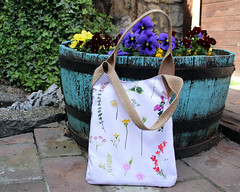I always wanted to make one simple table runner for my table and finally I did it! I used one of my first quilt patterns that was featuring my very first fabric collection, Indelible and adapted it a bit to make this very easy to make table runner.
You can see the original pattern HERE.
And here are the measurements/requirements for this table runner:
Finished size: 27.5 x 54.5 “ (70 x 138 cm)
Block size: 14 x 14”
Total blocks per table runner: 8 (4 blocks A and 4 blocks B)
Seam allowance: ¼”
Based on the 42” wide fabric.
The whole quilt is constructed with 2 ½ strips. Each block is composed of 7 rows.
There are 4 blocks in one orientation (blocks A) and 4 blocks in mirror-image orientation (blocks B)
Fabric A: PIC-39454 Painted Field Tangerine 1/6 yd
Fabric B: PIC-39457 Botanical Study Soft 1/6 yd
Fabric C: PIC-29458 Mystical Quest by Night 1/6 yd
Fabric D: PIC-29457 Botanical Study Dark 1/6 yd
Fabric E: PIC-29454 Painted Field Cerise 1/6 yd
Fabric F: PIC-29451 Arts & Crafts Rose 1/8 yd
Fabric G: PIC-39456 Bound Treasures Blush 1/8 yd
Fabric H: PIC-39455 Ornatile Vert 1/6 yd
Fabric I: PIC-39458 Mystical Quest by Day 1/8 yd
Fabric J: PIC-39451 Arts & Crafts Cloud 1/8 yd
Fabric K: PE-433 Snow 5/8 yd
Fabric L: PE-413 Caviar or PIC-29456 1/3 yd
Binding fabric: 1/2 yds (suggested)
Backing fabric: 1 3/4 yds (suggested)
Cutting directions:
¼ seam allowances are included
eight (8) 8.5” x 2.5” rectangles from Fabric A
eight (8) 8.5” x 2.5” rectangles from Fabric B
eight (8) 8.5” x 2.5” rectangles from Fabric C
eight (8) 8.5” x 2.5” rectangles from Fabric D
eight (8) 6.5” x 2.5” rectangles from Fabric E
eight (8) 4.5” x 2.5” rectangles from Fabric F
eight (8) 2.5” x 2.5” squares from Fabric G
eight (8) 6.5” x 2.5” rectangles from Fabric H
eight (8) 4.5” x 2.5” rectangles from Fabric I
eight (8) 2.5” x 2.5” squares from Fabric J
eight (8) 2.5” x 2.5” squares from Fabric K
eight (8) 4.5” x 2.5” rectangles from Fabric K
hundred (32) 6.5” x 2.5” rectangles from Fabric K
eight (8) 2.5” x 2.5” squares from Fabric L
eight (8) 4.5” x 2.5” rectangles from Fabric L
eight (8) 6.5” x 2.5” rectangles from Fabric L
BLOCK A and BLOCK B








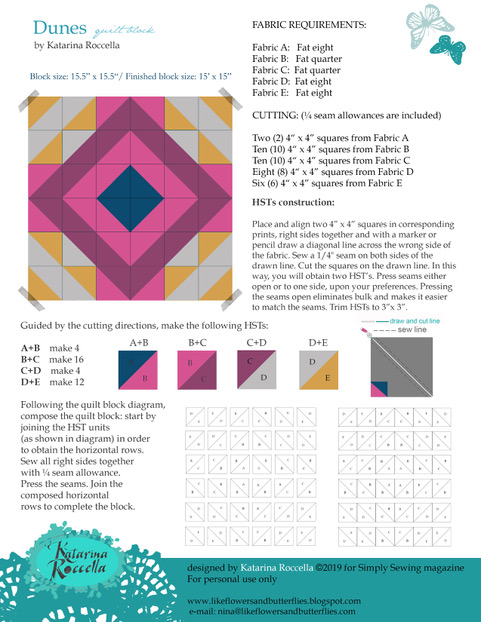









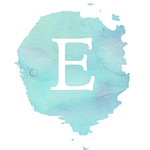



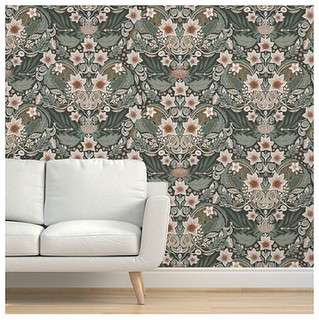

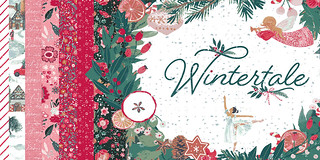
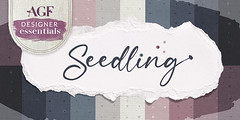
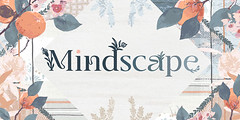

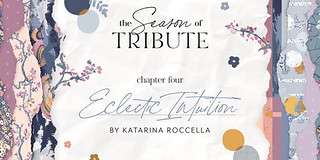
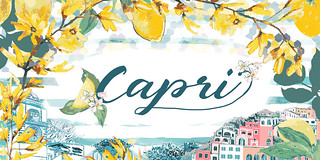
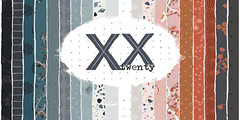


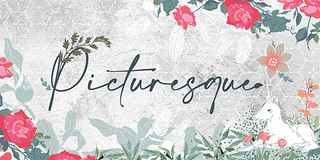


 GRID
GRID
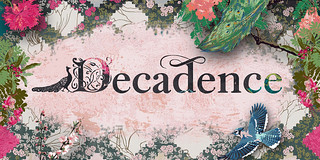 DECADENCE
DECADENCE
